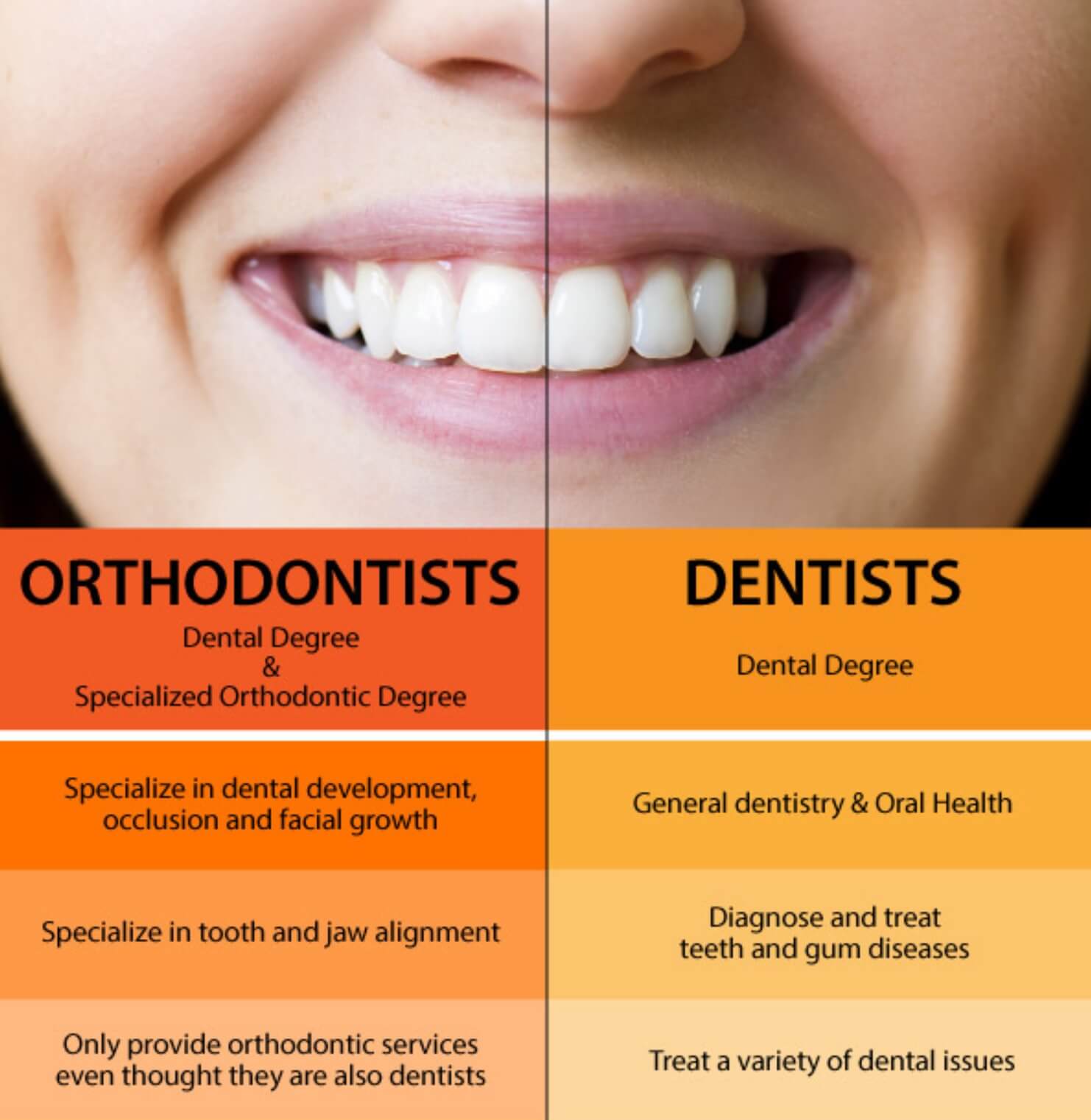Some Known Incorrect Statements About Legacy Orthodontics
The Best Strategy To Use For Legacy Orthodontics
Table of ContentsThings about Legacy OrthodonticsThe smart Trick of Legacy Orthodontics That Nobody is DiscussingLegacy Orthodontics Things To Know Before You BuyEverything about Legacy OrthodonticsHow Legacy Orthodontics can Save You Time, Stress, and Money.
At Advanced Orthodontics, we give patients with a alternative therapy experience. Furthermore, we provide flexible treatment schedules, versatile payment alternatives and an enjoyable, delightful experience. orthodontics. Telephone call ( 480) 357-4900 today for more details and timetable a visit.An orthodontist is a dental practitioner educated to identify, stop, and treat teeth and jaw abnormalities. Orthodontists function with individuals of all ages, from youngsters to grownups.
Malocclusion, or misaligned teeth, can result in dental problems, including dental cavity, gum condition, and hard or agonizing eating. Not everyone is born with straight teeth. If you have a bad bite or big rooms between your teeth, you might want to get in touch with a dentist specializing in orthodontic treatment.
Legacy Orthodontics for Dummies
( Picture Credit Score: DigitalVision/Getty Images) Orthodontists use repaired and removable oral tools, like dental braces, retainers, and bands, to transform the placement of teeth in your mouth. Orthodontic therapy is for dental abnormalities, including: Misaligned teethBite issues, like an overbite or an underbiteCrowded teeth or teeth that are also far apartJaw misalignmentThe goal of orthodontic therapy is to improve your bite.
While you could assume of orthodontists as generally for children or teenagers who require braces, they can correct oral troubles at any age. Orthodontists go to college, oral institution, and orthodontic institution.
All orthodontists are dental experts, however not all dentists are orthodontists. Orthodontic residency programs provide extensive, focused guideline for oral specialists. They focus on two areas: Exactly how to effectively and safely move teeth How to properly lead growth in the teeth, jaw, and faceOnce an orthodontist has completed training, they have the choice to end up being board certified.
The Ultimate Guide To Legacy Orthodontics
Imbalance, or malocclusion, is the most typical factor individuals see an orthodontist. It is hereditary and is the result of dimension distinctions in between the top and lower jaw or between the jaw and teeth. Malocclusion leads to tooth congestion, an askew jaw, or irregular bite patterns. Malocclusion is normally treated with: Your orthodontist affixes metal, ceramic, or plastic square bonds to your teeth.
If you have only small malocclusion, you may be able to make use of clear dental braces, called aligners, rather than traditional dental braces (https://www.pearltrees.com/legacyortho#item681651393). Some people require a headwear to help relocate teeth right into line with stress from outside the mouth. After dental braces or aligners, you'll need to put on a retainer. A retainer is a customized tool that maintains your teeth in place.
They're frequently utilized on children. They can develop added space in the mouth without needing to pull teeth. If you have a significant underbite or overbite, you might need orthognathic surgical treatment (likewise called orthodontic surgery) to extend or shorten your jaw. Orthodontists make use of cables, medical screws, or plates to support your jaw bone.
You might need to see an orthodontist if you have: Crowding or not enough room for all of your teethOverbite, when your upper teeth come over your bottom teethUnderbite, when your bottom teeth are as well far forwardSpacing or problems with gapsCrossbite, which is when your upper teeth fit behind your base teeth when your mouth is closedOpen bite or a vertical gap between your front base and upper teethMisplaced midline, when the facility of your base and top teeth do not align Correcting a dental malocclusion can: Make attacking, eating, and talking easierImprove the symmetry of our face and your overall appearanceEase pain from temporomandibular joint disordersSeparate your teeth and make them less complicated to clean up, aiding protect against dental caries or tooth cavities It's often a dental practitioner who first notifications misaligned teeth during a routine examination.
An Unbiased View of Legacy Orthodontics

Throughout your initial orthodontic examination, you'll likely have: A dental examPhotos taken of your face and smileDental X-raysPanoramic (360 level) X-rays of your face and headImpressions to create molds of your teethThese tests will certainly help your orthodontist know exactly how to proceed with your therapy. orthodontist. An orthodontist is a dental professional who's had training to treat your teeth and jaw
Orthodontists might carry out surgical procedure, exams,X-rays,and more to help you obtain a more comfy, healthier smile. An orthodontist is concentrated on your bite, so something like a chipped tooth would be handled by a dental expert. Orthodontists are dental practitioners but not all dental professionals are orthodontists. Orthodontists are focused on your bite, or the means your teeth fit together, and the straightness of your teeth.
Ever wondered how celebs always seem to have perfectly straightened teeth? The solution commonly hinges on the competent hands of an orthodontist. Yet just what does an orthodontist do? Orthodontists are oral professionals that focus on dealing with abnormalities in the teeth recommended you read and jaws. Their proficiency goes beyond simply creating an attractive smile; it encompasses improving your total oral health and feature.
Not known Facts About Legacy Orthodontics

, orthodontists have a diverse toolkit at their disposal. These tried-and-true dental braces use a system of braces bonded to the teeth and attached by cords.
Clear aligners, like Invisalign, are a preferred alternative for individuals seeking an extra discreet therapy alternative. These removable trays are personalized to progressively change the teeth's position. Headgear may be utilized combined with dental braces or aligners to use extra targeted pressures, particularly for remedying jaw disparities. In instances of narrow jaws, palatal expanders can be utilized to develop room for appropriate tooth placement.